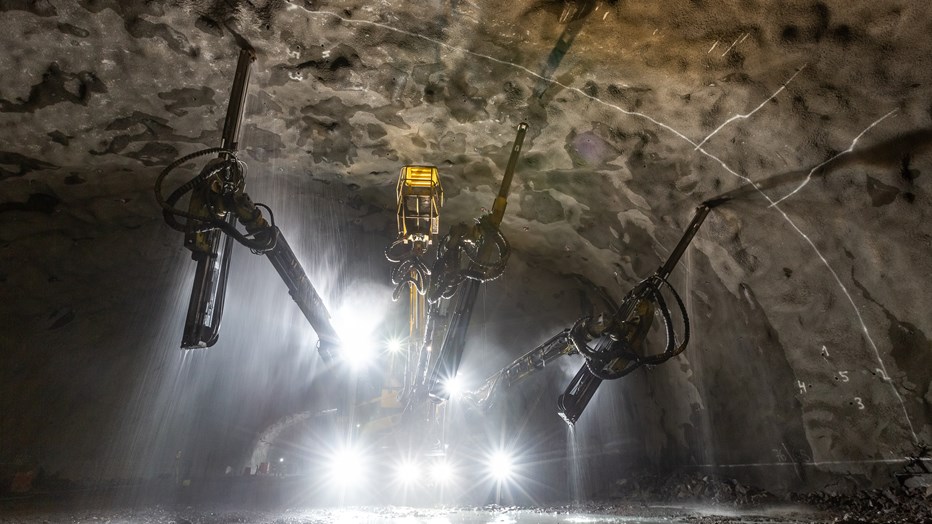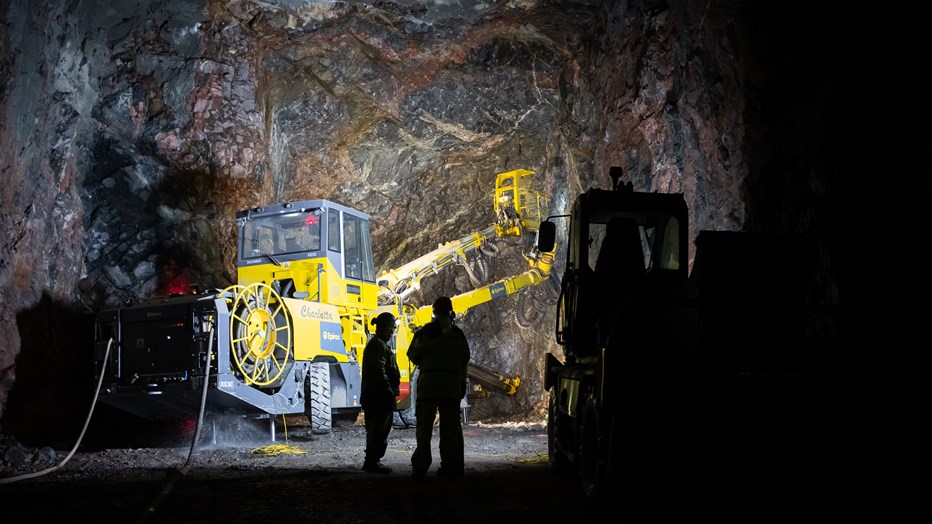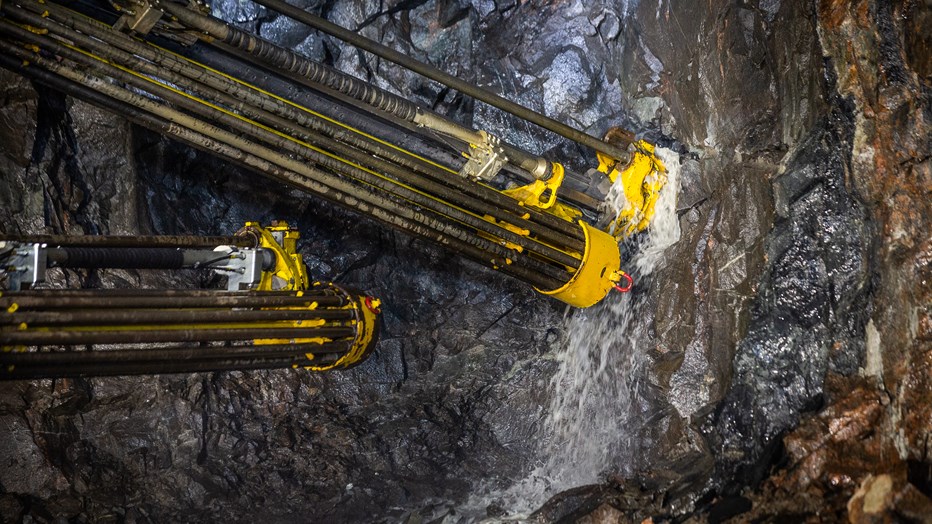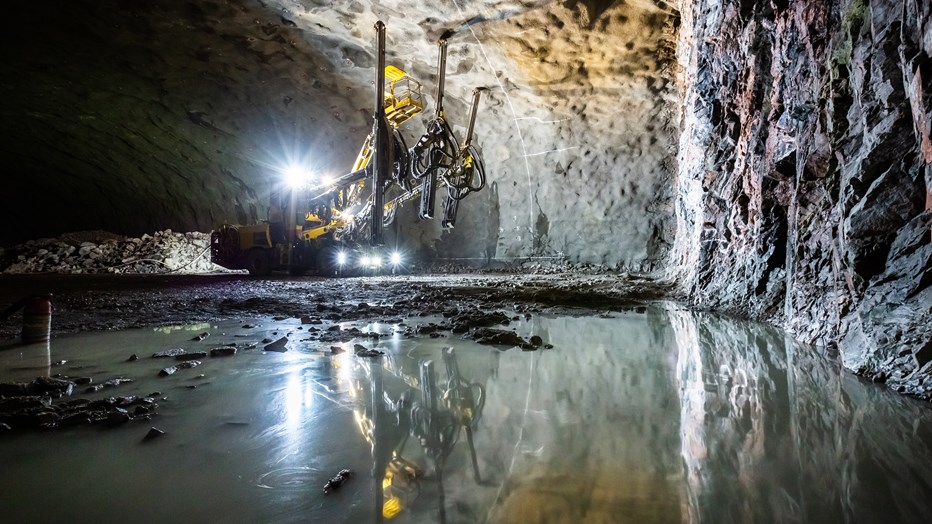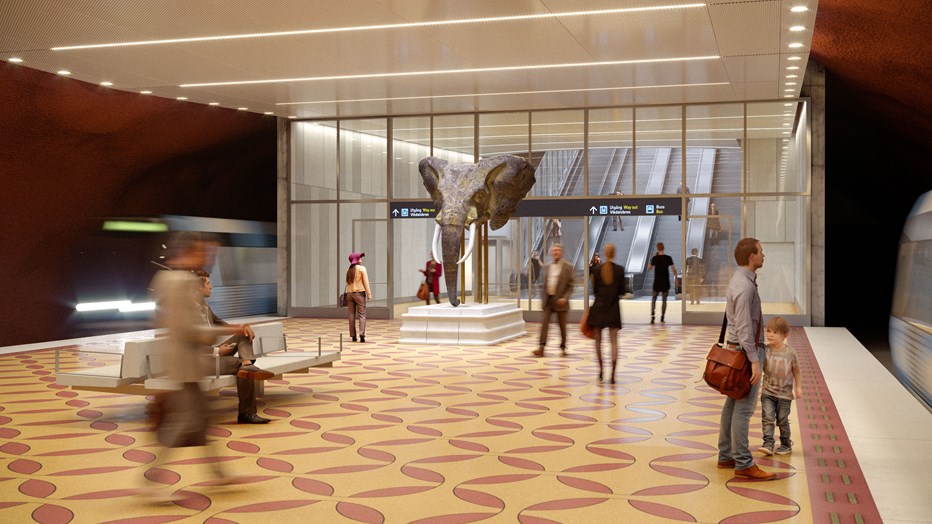Extension of the subway to Nacka
Stockholm is one of the fastest-growing metropolitan regions in Europe, and the need for fast and sustainable transportation is increasing. Therefore, the subway system is being expanded in several stages.
One of these expansions involves extending the Blue Line by 11.5 kilometers to the south, from Kungsträdgården. One subway line will be heading towards Nacka and another will connect to the current Green Line towards Hagsätra.
The final stage of the Blue Line
Skanska has been commissioned by Region Stockholm to complete the last stage of the Blue Line. This involves constructing 1.2 kilometers of track tunnels with three entrances in Nacka. The work includes two ticket halls, a platform, a 50 meter deep elevator shaft, and an escalator shaft that will be Sweden's longest at 90 meters.
Showing consideration for people and the environment
Expanding the subway system in the heart of the city, beneath residences, businesses, schools, and roads, is a significant challenge. It requires great consideration for both people and the environment.
The subway is being constructed using traditional tunneling methods, which means drilling, loading, and blasting. It is important to avoid creating unnecessary disturbances or vibrations and to continuously inform the residents about the ongoing work.
The rock in Stockholm is of good quality, but there are areas with more cracks. In combination with high water pressure from Saltsjön, this places great demands on sealing and stabilizing the tunnels. According to an environmental ruling, we cannot pump too much water out of the tunnels as it could affect lakes and houses in the surrounding area.
To succeed in this complex and technology-intensive project, we are collaborating with Skanska's Finnish tunnel experts. They execute the tunneling work and have brought four drilling rigs to the project. This includes two three-boom rigs (Epiroc E3C) weighing 53 tons each and two two-boom rigs (Epiroc E2C) weighing 41 tons each, which were transported from Finland via boat and truck.
Monitoring climate impact
Sustainability is a central concern throughout the subway expansion project. Region Stockholm has CEEQUAL-certified the project, providing us with a good system for measuring sustainability efforts. Through climate calculations, we track our climate impact from the design phase to the completed facility. We have regular meetings with the client, and together we develop solutions that are safe to implement.
Among other things, climate-improved concrete is used and we work to minimize resource consumption in the project. One example is the reuse of process water in the tunnels, which is collected and centrifuged to remove sand and fine rock particles. When the water is purified, it can be used in the tunnel boring machines, instead of taking fresh drinking water from the municipality. This unique solution resulted in Skanska earning the region's environmental bonus.
Internships and study visits
Social sustainability is also important to the client. We maintain close communication with the Employment Services and offer both internships and study visits for job seekers.
We also conduct safety inspections to identify how nearby residents and others are affected by our construction.
Time savings for travelers
The project means a great benefit to society, especially for the residents. When the traffic starts running in 2030, travelers from Nacka will have a travel time of only 12 minutes to T-Centralen. By constructing a new passage under Saltsjön and Södermalm, the stretch between Slussen and T-Centralen will be relieved, allowing for more frequent departures on all southbound lines.
Skanska's sections of the subway extension are to be completed by 2026, and the Blue line is scheduled to be finished by 2030.
The project in numbers
- 300,000 cubic meters of rock
- 11,000 cubic meters of cast-in-place concrete
- 46,500 cubic meters of prefabricated concrete
- 1,500 tons of reinforcement
- 27,000 square meters of formwork
- 15,400 meters of drilling for curtain injection
- 1,332 meters of jet grouting, diameter 1.5 meters
